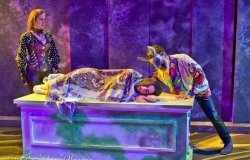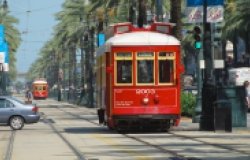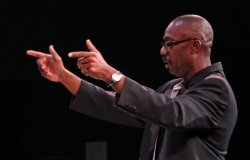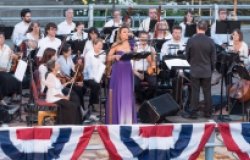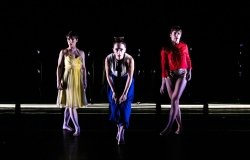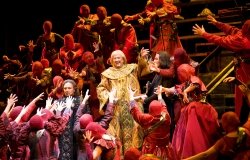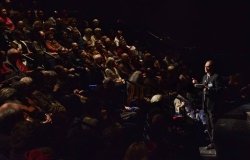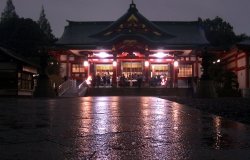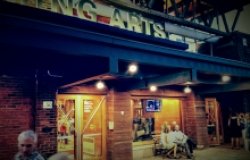Hernán Jacinto
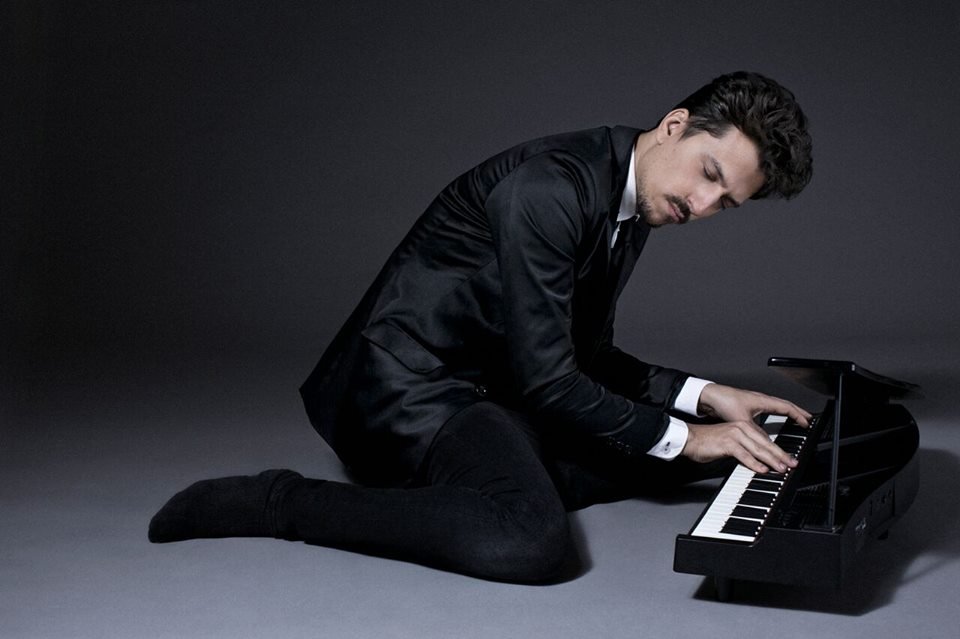
Tucked away a couple of blocks off the prominent commercial avenue Santa Fe in a distinctly middle class section of the well-groomed Buenos Aires neighborhood of Palermo hides a small doorway with the tiniest of possible signs invisible to all who don’t bother to look for it. Up a treacherous winding marble staircase hides the Buenos Aires venerable Thelonious Jazz Club. Stretched out over the Toledo Bakery and Pastry Shop, the club’s main two story room shifts mood from a sofa living-room style seating area past a congenially cluttered and well-stocked bar area on to the more traditional tables and stage arrangement known to jazz fans worldwide. Large enough to be comfortable and close enough to be convivial, the Thelonious is a perfect room for attentive listening.
Musicians Lucas and Ezequiel Cutaia opened the club in 2000 to provide just the sort of friendly venue their fellow musicians needed as a shared home base in a teeming and chaotic metropolis of seventeen million souls. They craved to have a place that recalled the famous musician hangouts of New York and Chicago; and they have succeeded in nurturing and realizing their vision. They were doubly fortunate in founding their club just as a master jazz musician--pianist Hernán Jacinto--was coming of age.
Born in 1981 in Buenos Aires, Jacinto was a child prodigy who began as a self-taught pianist at the age of seven. He quickly demonstrated genuine talent and studied classical piano with Claudio Espector of the National Conservatory and jazz piano and harmony with Diego Schissi, Guillermo Romero and Ernesto Jodos. These mentors prepared him well enough to win a scholarship to study at the renowned Berklee College of Music in Boston. Berkelee brought him into contact with leading musicians from around the world and he set off touring Europe with Austrian saxophonist Karlheinz Miklin and Latin America with compatriot bassist Javier Malosetti. Jacinto’s reputation quickly grew so that by 2009 he received the prestigious Clarín Prize as the Jazz Revelation of the Year.
Jacinto began to appear regularly at leading jazz haunts in Buenos Aires, including the Thelonious Club and the Bebop Club, with the city’s leading musicians such as internationally acclaimed Andres Boiarsky. He also appeared playing both classical and jazz repertoires in television broadcasts across Latin America. His monstrous technique and unique harmonic sense allows him to move effortlessly from the sadly sweet delicacy of his city’s tango sound to the fiercely abstract improvisations that dominate post-Bop modern jazz. He also moves seamlessly among classical, jazz and, increasingly, electronic musical modalities.
Jacinto’s terrific talents make him a noteworthy addition to global jazz. Yet, he is more.
As his success has grown, Jacinto has become a focal point for the impressive yet disparate Buenos Aires jazz scene. Appearing at Thelonious and other venues, he attracts the city’s best musicians. His favored trio includes prodigious bassist Jerónimo Carmona and drummer Daniel Pipi Piazzolla (yes, he is Astor’s grandson). His performances are punctuated by guest appearances by local musicians of varying ages and skills who sit in on one number or another. By sharing his own presence with others, he has created an increasingly vibrant jazz scene that demands growing recognition abroad. He also nurtures new audiences who become introduced to jazz as they seek Jacinto out; and cultivates musicians who, like he himself, emerge from surprising corners of the great metropolis.
Few cities are more musical than Buenos Aires, and fewer still have given the world as distinctive sound as tango. Now ubiquitous, tango has evolved from a pariah brothel sound to an instantly recognizable global musical powerhouse. The city always offers opportunities for its musicians to find a gig playing what every tourist wants to hear. Classical and jazz musicians--and, to some extent, traditional Argentine folk artists--have to struggle to make their way through the thicket of tangomania.
Jazz musicians in particular need safe places to improvise and play off of one another; and they need listeners who appreciate what they achieve when they do. Clubs such as the Thelonious provide pleasing venues to attract audiences to the sound of jazz. Places alone are not enough to keep the music alive. Dedicated musicians who draw on their own popularity to redirect the gaze of appreciative audiences to other talents must fill those venues. Buenos Aires at this particular moment in its musical history is fortunate to have a native promoter of jazz living in it. Hernán Jacinto brings new verve to his music, and new ears to his performances.
Artistic Visionaries and Community Creators
The power of the performing arts to nurture inclusive communities has been praised widely in recent years; so much so that “creative placemaking” is now seen as a powerful tool in community development. The supportive role of community in fostering artistic innovation is less acknowledged. This series highlights the work of visionaries for whom creating communities of students, protégés, audiences, and donors has become a strategic element in transforming their arts.
About the Author

Blair A. Ruble
Former Wilson Center Vice President for Programs (2014-2017); Director of the Comparative Urban Studies Program/Urban Sustainability Laboratory (1992-2017); Director of the Kennan Institute for Advanced Russian Studies (1989-2012) and Director of the Program on Global Sustainability and Resilience (2012-2014)

